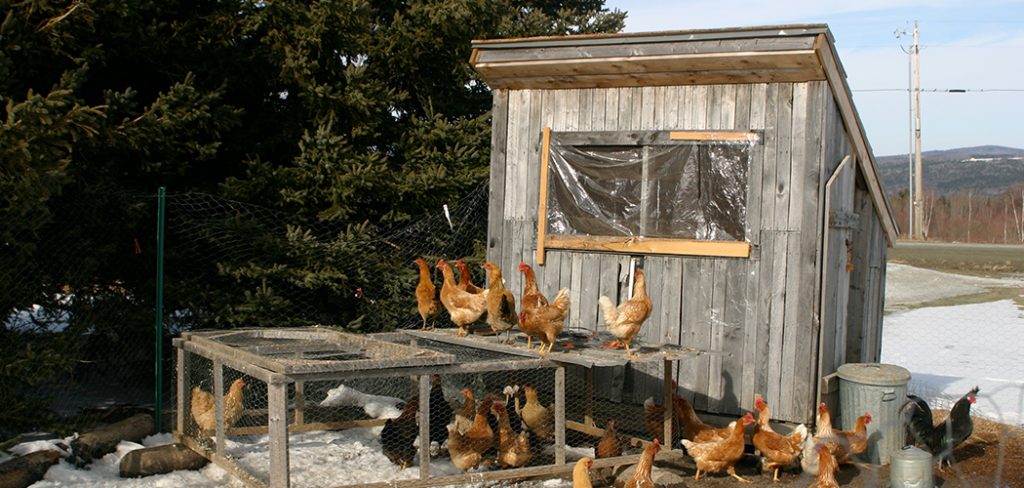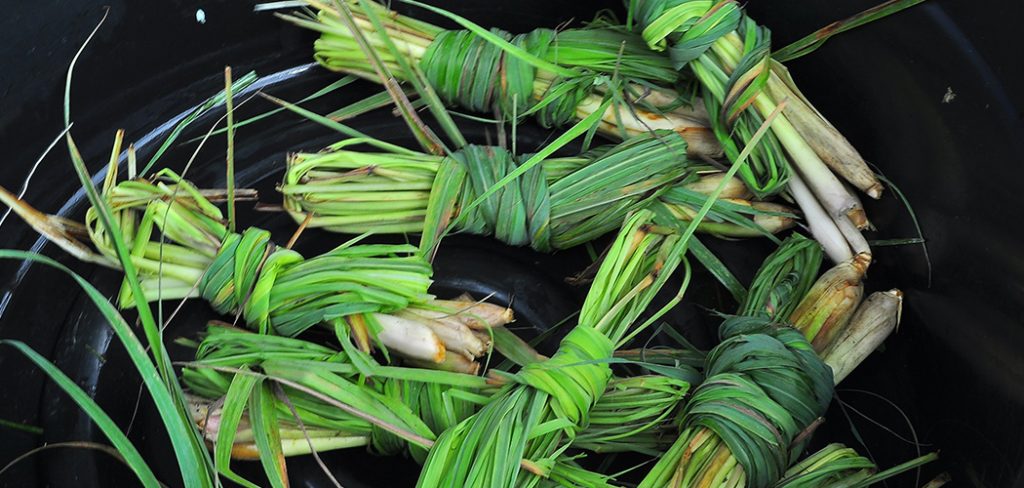Having a starchy side to match your meat or steak can really improve the taste of any dining experience. For those who do not want to keep on eating potatoes and rice because they want to try something new, the red potato may be a good option. Red potatoes are similar in shape as regular potatoes, except that the coat is no longer light brown, and instead, red. It is still a root vegetable, which means that growing red potatoes should be as simple or similar to growing regular potatoes.
When you learn how to grow your own red potatoes, you also learn when to harvest red potatoes. Red potatoes are beneficial to consume and to sell, since they contain a lot of good nutrition, apart from being a good-tasting vegetable. Red potatoes provide you with benefits such as potassium and carbohydrates. They also serve as great side dishes and additions to your cooked meals.
1. How to grow baby red potatoes
Is growing red potatoes really that difficult? And what does it take to put freshly picked red potatoes that taste good and look good on the table? Reading about the theories on how to grow your own red potato is always the first step to actually growing your own red potato vegetable. This root crop can grow in most parts of the world, which is why adding this to your knowledge or expertise can be a beneficial experience for both beginners and experts alike. As mentioned before, red potatoes are not only delicious, but they also provide you with a lot of nutritional benefits. Thus, learning how to grow baby red potatoes is a must.
Plants need different amounts of almost the same set of factors to grow. For starters, one of the more basic conditions that plants need, including root crop vegetables such as the red potato, are sunlight, water, moisture, heat, and good soil. Sometimes, plants can survive on lesser water as compared to others, while other plants need more sunlight and more water. For the red potatoes, they need at least seven to eight hours of exposure from the sunlight. Getting this amount of sunlight exposure helps them nourish and create food within their systems to allow the red potatoes to grow properly.
Sunlight provides a lot of vitamins and needed energy for plants to grow.
In order to plant the red potato seed, you need to take note that the seed should be cut into tiny pieces each with one or two eyes. Once this is done, the seedlings can be planted in a row or in separate containers, as long as each of the seeds are planted to a depth of at least three inches deep in the soil. The soil, on the other hand, should be loose enough to allow excess water to seep through, since we do not want the red potato seedlings to experience overwatering.
Next, to help provide better nutrition, fertilizers may be added to the soil in which the seeds were planted. After this, the potatoes must be watered regularly, and their progress monitored.
2. How do you know when to harvest red potatoes
When planting root crops such as these, many people often ask how do you know when to harvest red potatoes? The art of timing when it comes to harvesting food such as this requires experience and knowledge on the signs to watch out for. Learning about the specific periods of time wherein red potatoes are ready for harvest can allow you to maximize the plants you have made, which also, in turn, maximizes your chances of making a good sale or eating better tasting red potatoes. Thus, the process will come full circle once you have learned about the right time to harvest red potatoes.
3. When are red potatoes ready to harvest
Red potatoes are nutritious and delicious additions and side dishes to any cuisine, which is why knowing the answer to the question of when are red potatoes ready to harvest is one of the most important things that you should remember. Red potatoes are relatively easy to plant, since they mainly involve placing the seed underground and waiting for the root crop to show signs that it is ready to harvest and to eat. Usually, those who harvest vegetables from the ground estimate the time it takes for a normal harvest to be ripe for the picking. This period of time and estimation has been acquired over the years, by those who have had prior experience with planting vegetables and root crops such as red potatoes.
Thus, in order to harvest and time your harvest for red potatoes, it is important to note that harvesting usually occurs around three months after the seeds are planted. If you want your red potatoes to be more mature, you can opt to wait for another month and see how the plant grows. To harvest, avoid digging vigorously, since the skin of the red potatoes are pretty soft and delicate. You can do this by dusting the soil off with your hands or some other blunt tool that will not injure the potatoes.
Conclusion
Red potatoes are a good substitute or alternative to those who do not want to eat or plant regular potatoes. Red potatoes are similar in shape to potatoes, and they taste almost the same. Similar to regular potatoes also, red potatoes contain a good amount of nutrition and health benefits, and they taste good too. Having them as an addition to your farm or garden can provide you with numerous options when it comes to side dishes and other dishes. Thus, learning techniques in planting these root crops such as when to harvest red potatoes can help in your plans to growing organic sources of food.
Learning how to plant root crops on your own is a new experience that you can embrace once you have all the information you need to get you started on your first red potato root vegetable. Red potatoes are relatively easy to plant, since they only involve placing the seedling at a certain depth in the soil.

